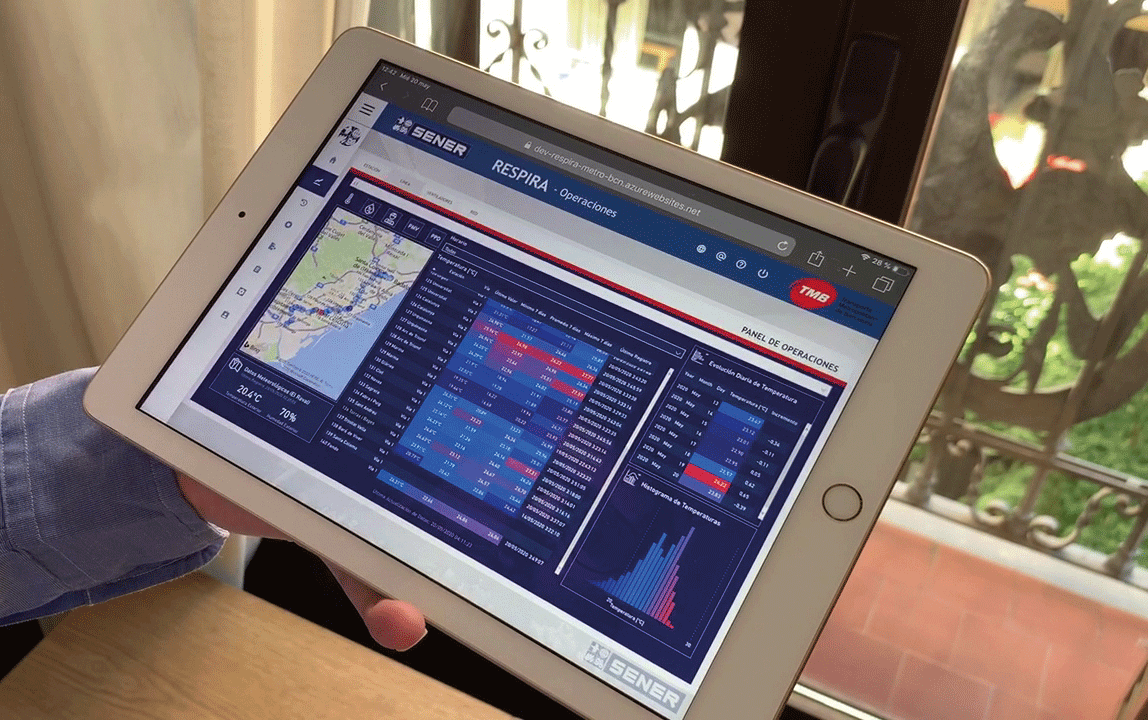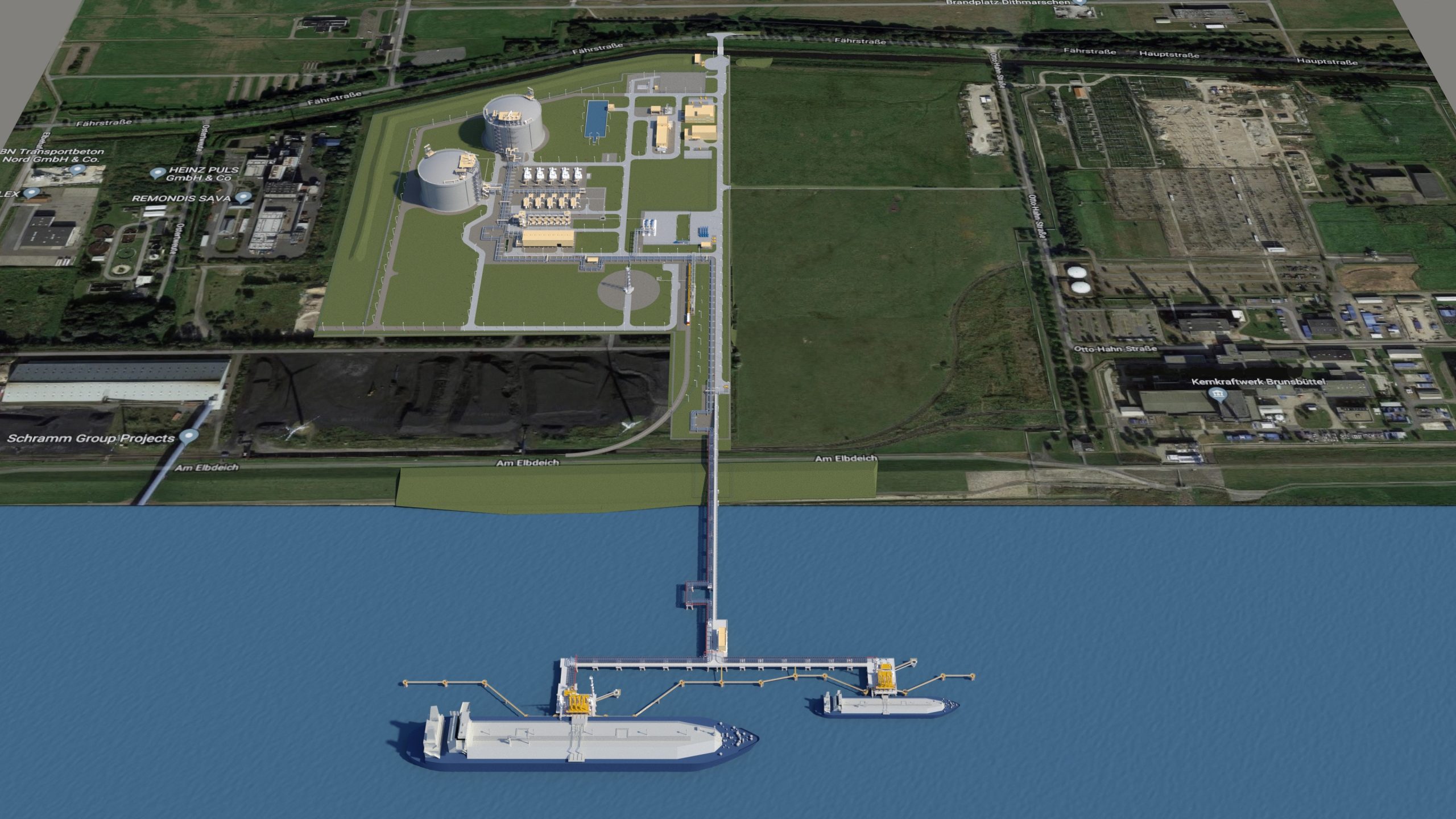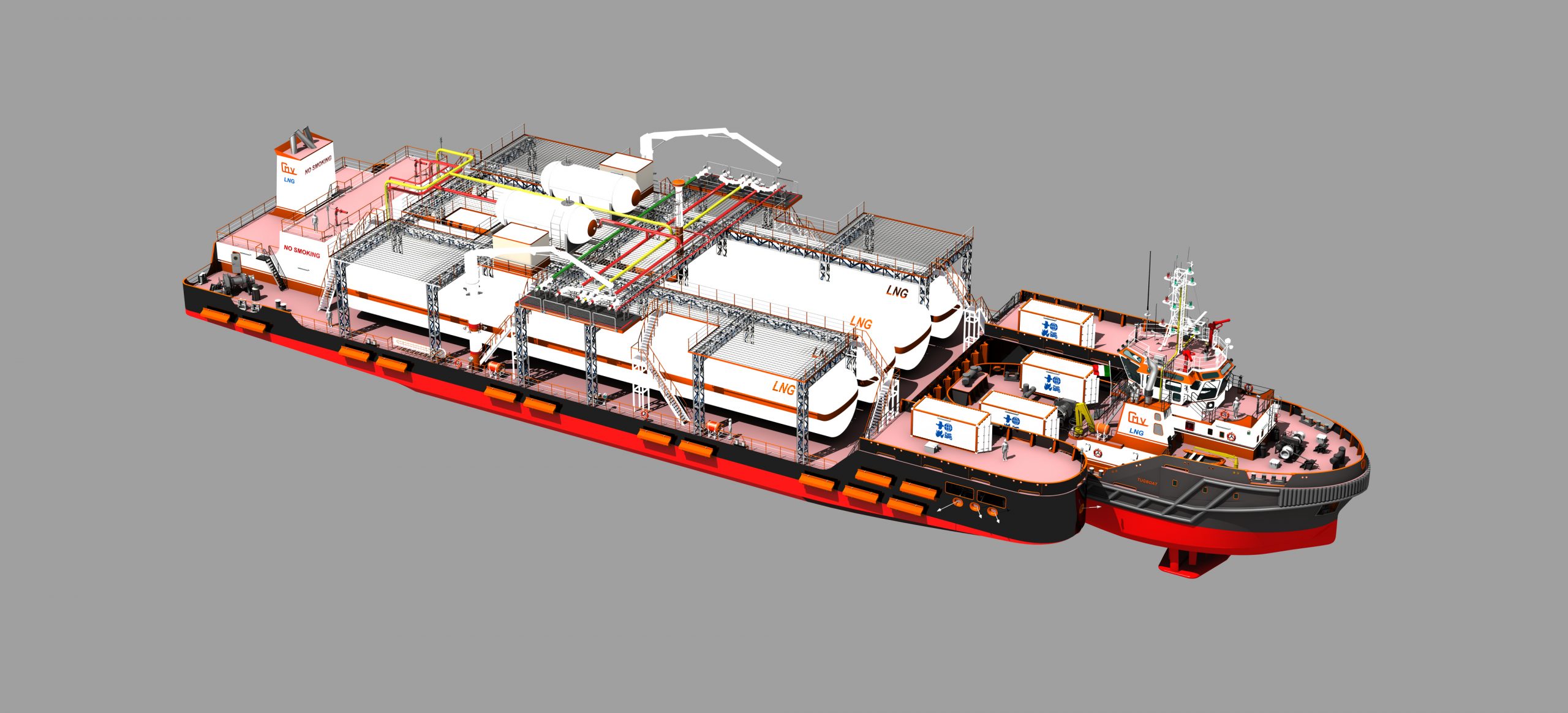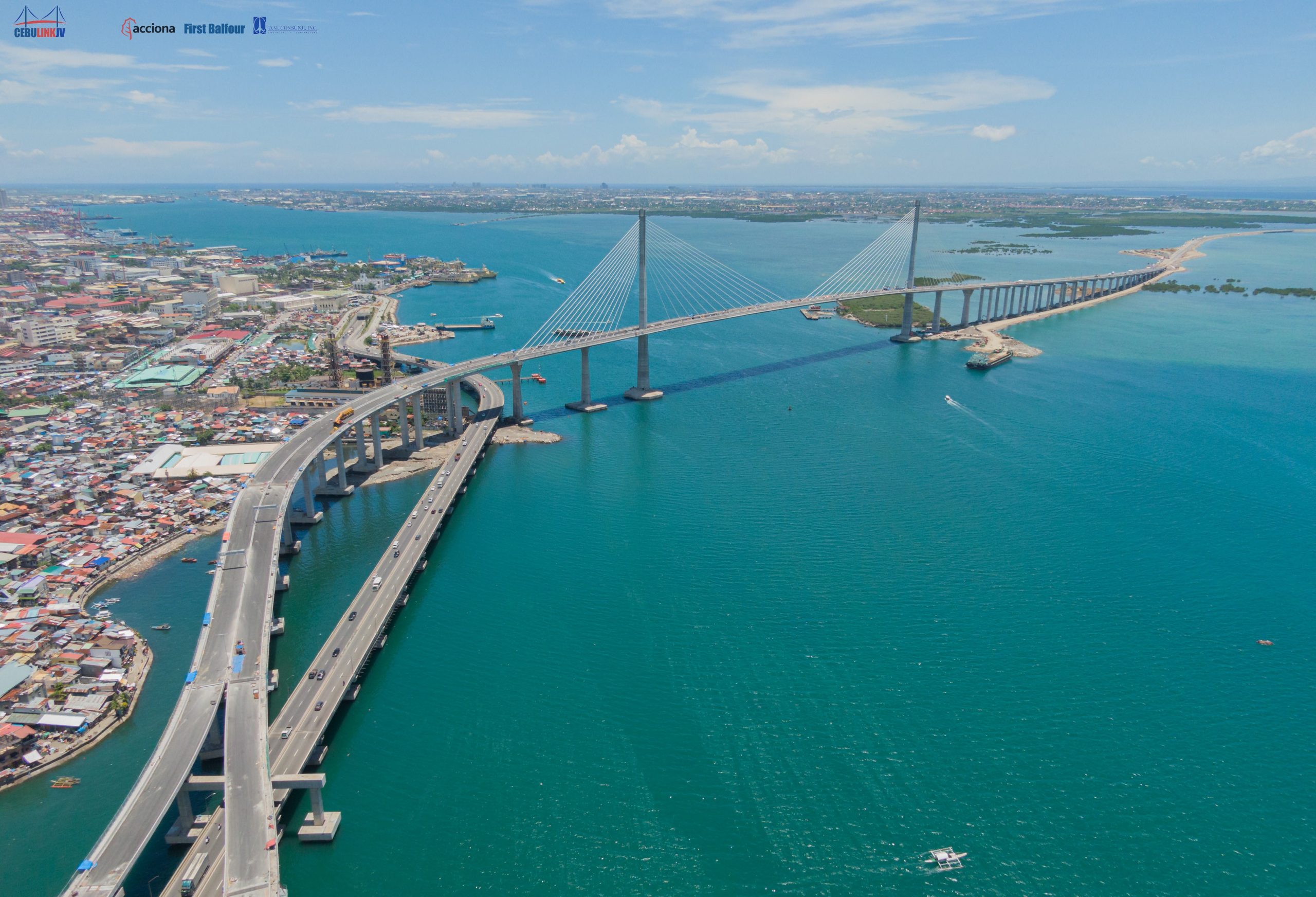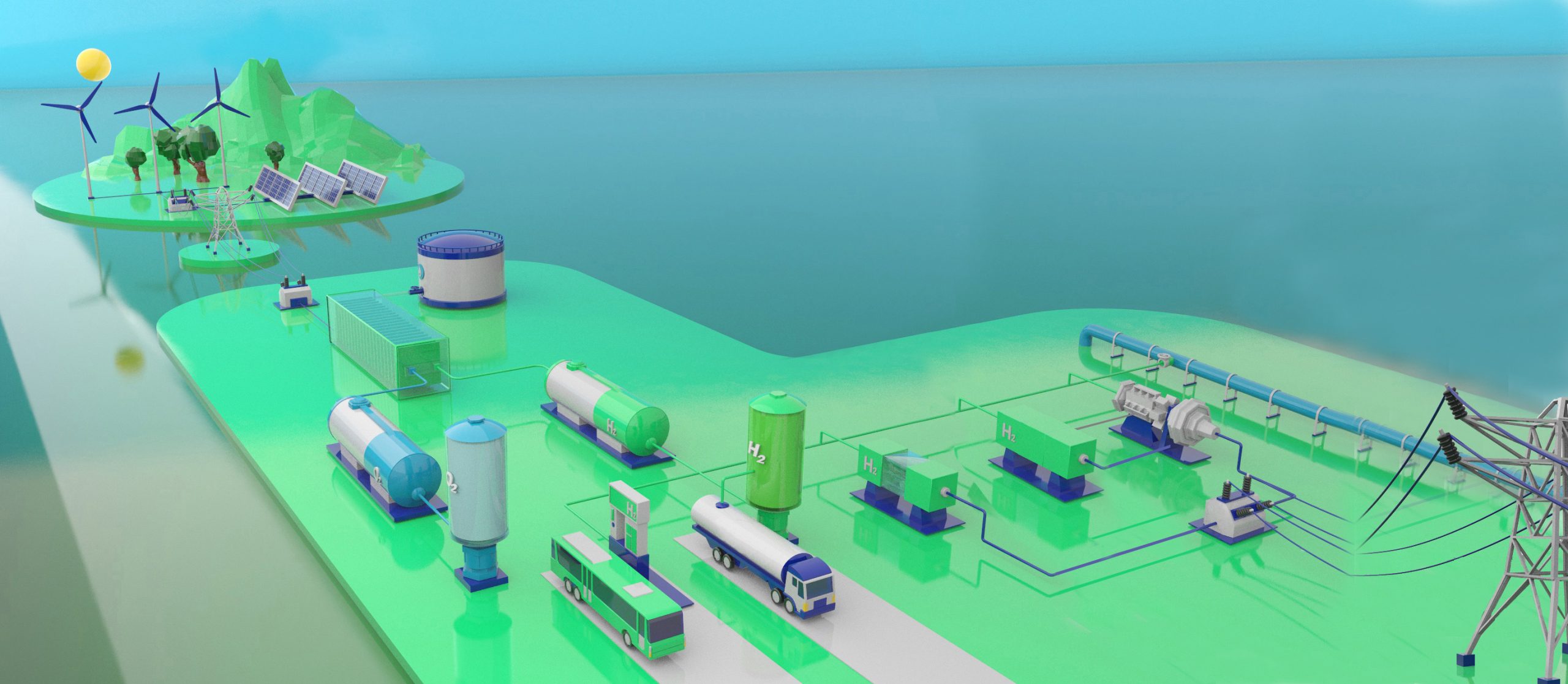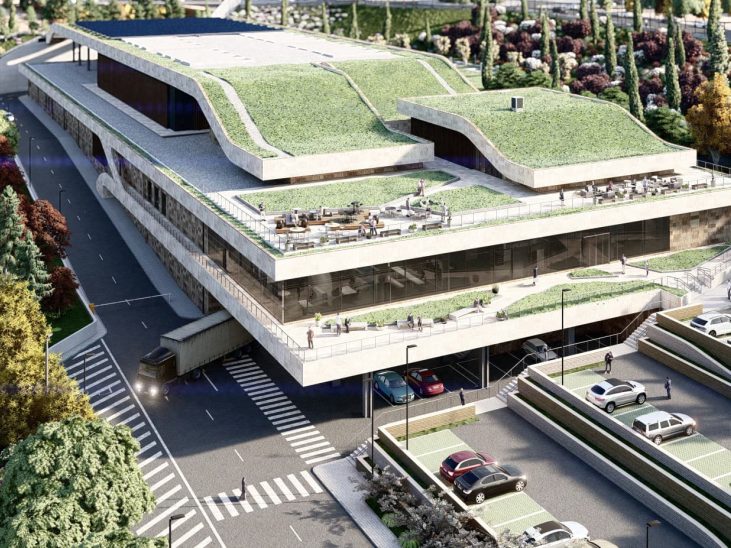
- Data Centers
Categories:
In just a few years, data centres have evolved from marginal facilities, often housed in repurposed industrial buildings, to a distinct architectural typology with highly specific technical, operational, and spatial requirements. This transformation reflects a profound shift in our society: the rise of mass digitalisation and our increasing dependence on invisible yet essential infrastructures that underpin contemporary life.
This new reality demands a comprehensive rethinking of traditional design approaches. Data centres are critical infrastructure that must operate continuously, without interruption. This fundamental requirement influences every aspect of design—from site layout and building form to material selection, construction systems, and maintenance strategies.
From an architectural perspective, these buildings present unique challenges:
- They must bear significant structural loads due to the weight of racks, servers, and industrial-scale cooling systems.
- They require high levels of physical and digital security, which affects access points, perimeter design, compartmentalisation, and control systems.
- Technical spaces must be meticulously planned, anticipating service routes, airflow patterns, redundancy strategies, and the logistics of replacing large-scale equipment.
The architecture of data centres therefore calls for close integration with the engineering disciplines that typically lead such projects. Architectural design plays a mediating role between technical requirements and spatial conditions, bringing together operational needs with environmental, human, and aesthetic considerations.
However, responding to functional demands alone is no longer sufficient. Today’s challenge lies in designing infrastructure that is not only efficient, but also sustainable and supportive of human wellbeing. Some of the advanced strategies being incorporated into cutting-edge projects include:
- The use of recycled or low-carbon materials.
- Integration of green roofs and façades, not merely as aesthetic elements, but as tools for thermal regulation and water retention.
- Timber structures in office or communal areas, promoting lower CO₂ emissions during construction.
- Rainwater harvesting and reuse systems.
- Connection to district heating networks to recover residual heat from IT operations.
Nonetheless, it is crucial to remember that these buildings are not purely technological. They also accommodate human activity. Operators, technicians, and professionals work within them, and their experience is directly shaped by the quality of the architectural environment. This compels us to rethink workplace design with a focus on ergonomics, environmental comfort, natural light, accessibility, and psychological wellbeing.
In this context, architects have an essential role to play: contributing a holistic vision that reconciles technical complexity with a high-quality spatial experience. Our task is not only to resolve engineering problems, but also to bring cultural, social, and environmental value to infrastructures which, though largely invisible to end users, are vital to the functioning of the digital world.
Designing data centres today is an exciting and dynamic field. It entails addressing unprecedented challenges and collaborating with interdisciplinary teams in shaping the infrastructures of the future. Above all, it offers the opportunity to ensure that this future is not only more efficient, but also more humane.
- Architecture
- Data Centres
Tags:
Pilar Anastasio
Arquitecta especializada en el diseño de centros de proceso de datos desde 2009. Especialista en el desarrollo de máster plan, estudios de viabilidad, desarrollo de proyectos para solicitud de licencia, gestiones con las administraciones, proyectos de detalle (tanto en sistema español como en RIBA) y dirección de obra. Pilar es arquitecta superior por la Universidad Politécnica de Madrid y máster PMA por C.S.A.

 About us
About us



